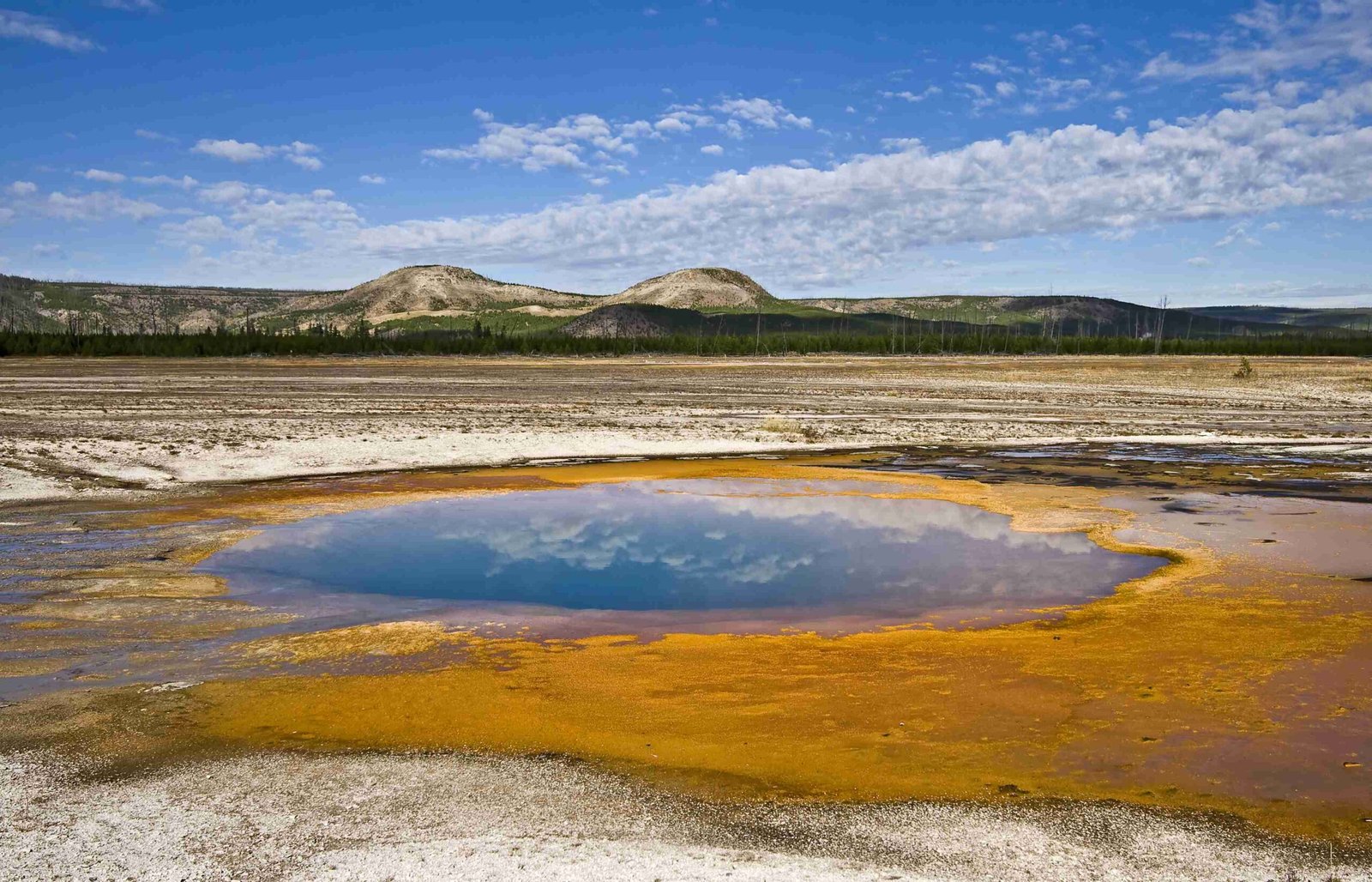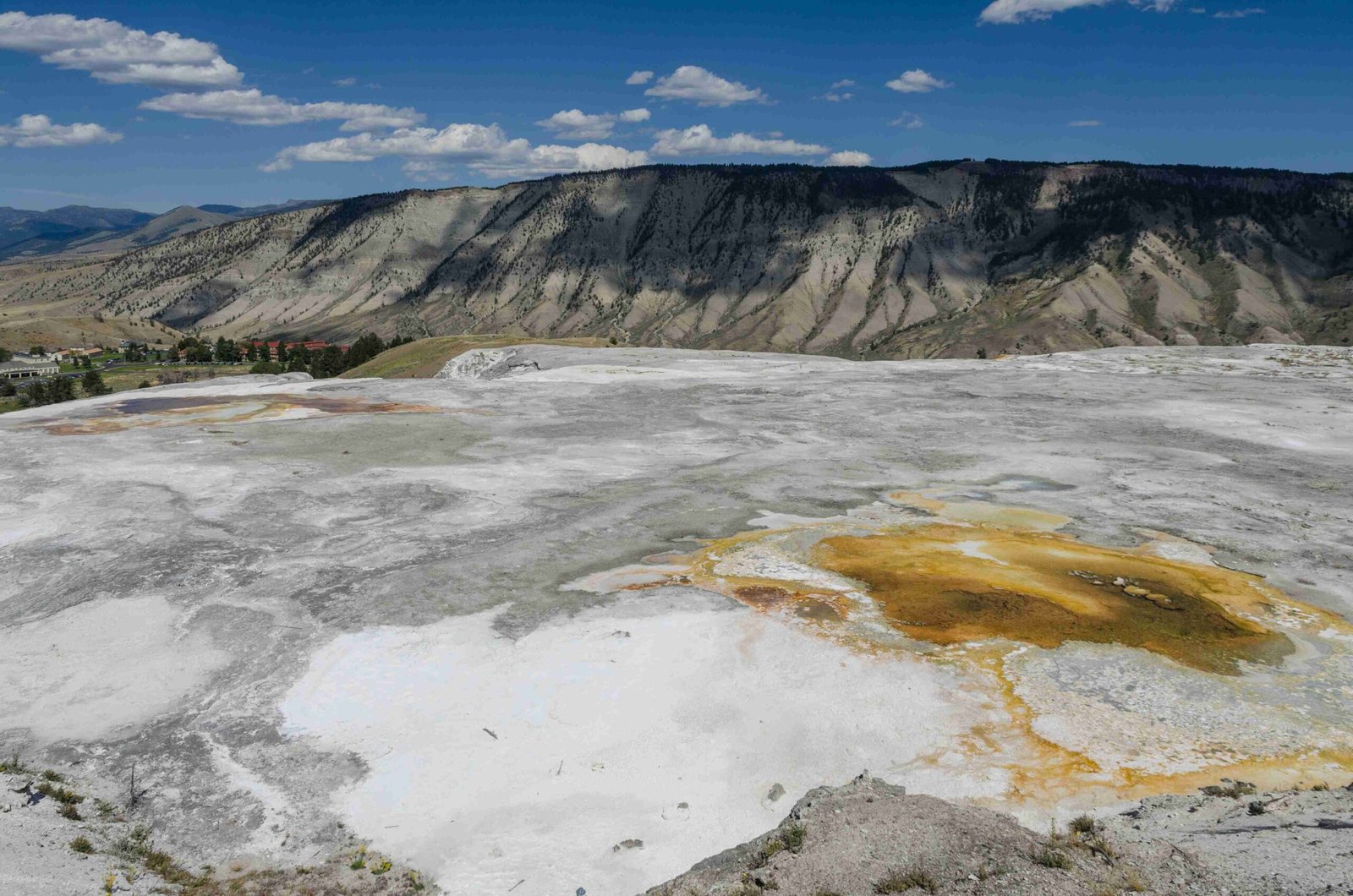Yellowstone National Park, known for its stunning landscapes and diverse wildlife, has a darker side – unsolved missing persons cases. Since the late 1960s, at least 12 to 15 documented cases have been reported. Between 2018 and 2020, the park recorded 371 search and rescue incidents, ranking fourth among all national parks. These cases span decades, with victims ranging from young children to adults, leaving families and authorities puzzled.
What Are the Statistics on Missing Persons in Yellowstone National Park?

The exact number of missing persons in Yellowstone National Park is challenging to determine, but documented sources indicate at least 12 to 15 reported cases since the late 1960s. Between 2018 and 2020, Yellowstone reported 371 search and rescue incidents, ranking it fourth among all national parks for the greatest number of such incidents during that period.
Timeline of Notable Disappearances
- Dennis Johnson (1966)
- Daniel Lynn Campbell (1991)
- Luke Adam Sanburg (2005)
- Bruce Pike (2006)
- Stuart Isaac (2010)
- Austin King (2024)
Who Are Some of the Most Notable Missing Persons Cases?

Dennis Johnson (1966)
- Age: 8 years old
- Last seen: Cascade picnic area near Canyon Village
- Circumstances: Disappeared while searching for his sister
- Search duration: Three weeks, covering a 100-square mile radius
Daniel Lynn Campbell (1991)
- Age: 42 years old
- Last seen: On a hike to retrieve elk antlers
- Circumstances: No clues found, speculations of foul play or accidental death
Luke Adam Sanburg (2005)
- Last seen: June 24, 2005
- Circumstances: Fell into the Yellowstone River while camping with Boy Scout troop
- Evidence: Tennis shoes believed to belong to him found downstream
Austin King (2024)
- Last seen: September 20, 2024
- Circumstances: Failed to arrive for boat pickup near Yellowstone Lake’s Southeast Arm after solo backcountry trip
- Search efforts: Over 100 personnel, two helicopters, extensive ground and aerial searches for 11 days
What Are the Challenges in Search and Rescue Operations?
Search and rescue operations in Yellowstone National Park face numerous challenges:
- Harsh weather conditions:
- Snow
- Ice
- Fog
- Rain
- Sleet
-
Hail
-
Remote and high-elevation areas with limited access
-
Vast terrain making thorough searches difficult
-
Limited cellular coverage in many areas
How Are Search Efforts Conducted in Yellowstone National Park?
Search efforts in Yellowstone often involve a multi-agency approach, including:
- Ground search teams
- Search dog teams
- Helicopters
- Unmanned aircraft systems (drones)
- Trackers and spotters with scopes
The duration of search operations can vary significantly, from a few days to several weeks or even months. For example, the search for Dennis Johnson in 1966 lasted for three weeks, while the search for Austin King in 2024 involved over 100 personnel and extensive resources for 11 days before transitioning to recovery efforts.
What Safety Measures Are in Place for Visitors?
Yellowstone National Park has implemented various safety measures and amenities to protect visitors:
- Visitor centers with information on trails and safety guidelines
- Ranger stations and emergency services
- Marked trails and signage
- Campgrounds with basic amenities
Guidelines for Safe Exploration
To ensure a safe visit to Yellowstone, visitors are advised to:
- Plan trips carefully and inform others of their itinerary
- Stay on marked trails and avoid venturing into remote areas alone
- Be prepared for sudden weather changes and carry appropriate gear
- Follow park rules and regulations, especially regarding wildlife and sensitive areas
- Carry communication devices and know how to use them in areas with limited cellular coverage
What Are Some Unsolved Disappearances in Yellowstone National Park?
Several cases of missing persons in Yellowstone National Park remain unsolved:
| Name | Date of Disappearance | Circumstances |
|---|---|---|
| Dennis Johnson | April 12, 1966 | Disappeared while searching for his sister in the Cascade picnic area |
| Daniel Lynn Campbell | April 6, 1991 | Vanished while hiking to retrieve elk antlers |
| Luke Adam Sanburg | June 24, 2005 | Fell into the Yellowstone River and was swept away by rapids |
| Bruce Pike | Early August 2006 | Abandoned vehicle found at Indian Creek campground |
| Stuart Isaac | September 6, 2010 | Abandoned vehicle found along Grand Loop Road |
| Kim Cumbo | Unknown | Limited details available |
These cases highlight the importance of following safety guidelines and being prepared when exploring Yellowstone National Park. The vast wilderness and unpredictable nature of the park can pose significant risks to unprepared visitors.
How Can Visitors Stay Safe While Exploring Yellowstone National Park?
To ensure a safe experience in Yellowstone National Park, visitors should:
- Plan ahead:
- Research trails and areas you plan to visit
- Check weather forecasts
-
Inform someone of your itinerary
-
Stay on marked trails:
- Avoid venturing into remote areas alone
-
Use official park maps and guides
-
Be prepared:
- Carry appropriate gear for sudden weather changes
- Bring sufficient water and food
-
Pack a first-aid kit
-
Follow park rules:
- Observe wildlife from a safe distance
-
Adhere to guidelines for thermal areas and other sensitive zones
-
Carry communication devices:
- Bring a fully charged cell phone
-
Consider a satellite phone or personal locator beacon for remote areas
-
Travel in groups when possible
-
Stay alert and aware of your surroundings
By following these guidelines and respecting the park’s natural environment, visitors can significantly reduce the risk of becoming lost or injured in Yellowstone National Park.
References:
1. Cowboy State Daily: When People Disappear In Yellowstone National Park, Some Are Never Found
2. The Travel: 7 National Parks With The Highest Number Of Missing People
3. National Park Service: Search on Eagle Peak in Yellowstone National Park moves from rescue to recovery

